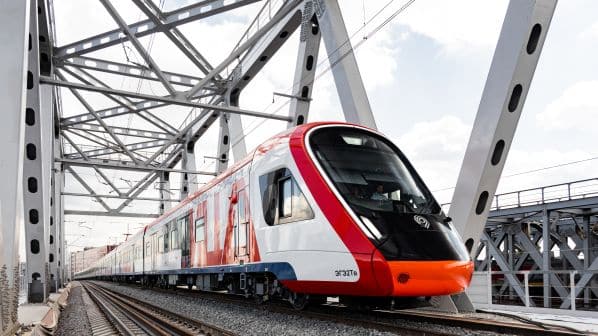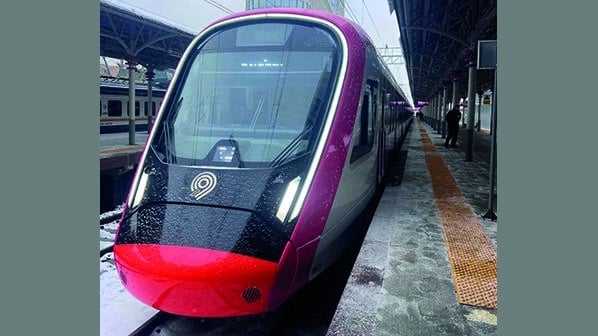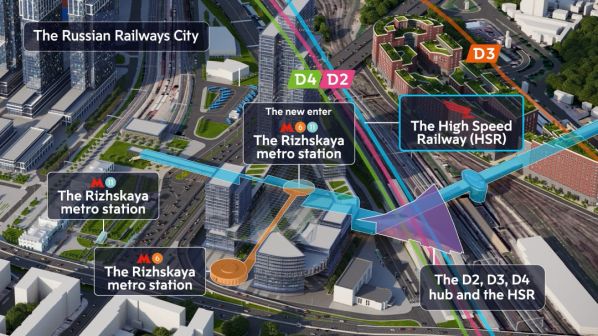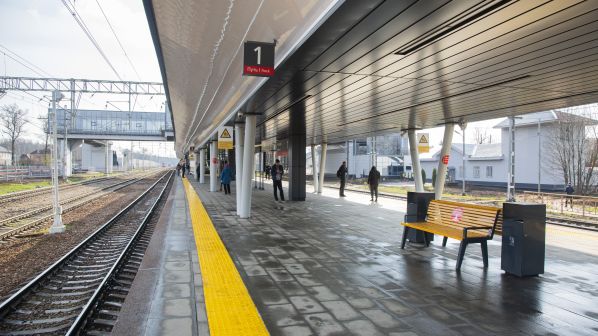THE third Moscow Central Diameter commuter line was inaugurated in the Russian capital on August 17 by the country’s president, Mr Vladimir Putin, and the mayor of Moscow, Mr Sergey Sobyanin.
MCD3 is 85km long and runs mainly on the surface to connect districts in the northwest and southeast of Moscow via a new cross-city route. It serves a total of 38 stations, with those at Mitkovo, Malino and Rizhskaya due to open at a later date.
The new line serves a total of 24 districts in Moscow and four in the Moscow region, providing access to rail services for 3.5 million residents. There are 21 interchanges with Moscow Metro lines, including the Big Circle Line (BCL) and the Moscow Central Circle (MCC), as well as with the existing MCD1 and MCD2 diameter lines.
The construction of MCD3 involved creating an entirely new cross-city route to link previously unconnected sections of the Moscow commuter rail network. The connecting Mitkovo line includes a 400m tunnel near Elektrozavodskaya station on metro Line 3.
The project also included upgrading Zelenograd-Kryukovo station to modern standards, while an interchange with the planned Moscow - St Petersburg high-speed line will open at a later date.
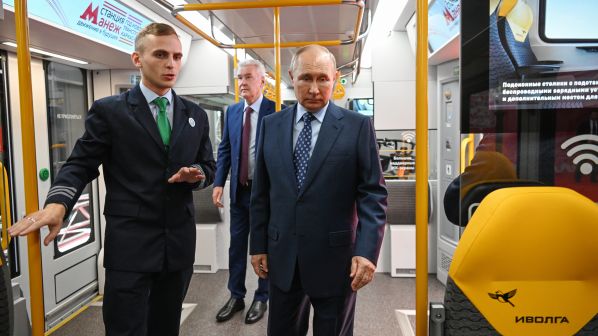
Photo Credit: Moscow Metro
The opening of MCD3 is expected to relieve pressure on three metro lines, providing an alternative route for 15% of passengers. At the same time, it is forecast to reduce emissions by up to 36,000 tonnes a year.
Other advantages for passengers include a doubling in the number of seats from 900,000 to 1.9 million per day, which according to Moscow Metro means that trains should be noticeably less busy, even during rush hour.
The service frequency has also been increased by a factor of 1.5, with a train operating every 5min 30sec at peak times, and services operating throughout the day. MCD3 is operated with a new fleet of 11 Ivolga and 19 type EP2D EMUs.
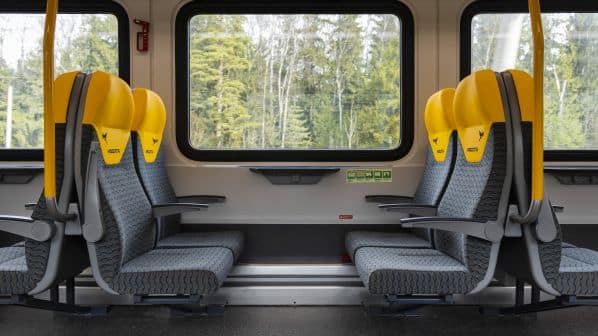
New rolling stock will also be deployed on the existing commuter lines from Leningradsky and Kazansky stations in Moscow. This will include replacing the 41 ED4M EMUs that operate these services alongside 33 Lastochka trains and 18 EP2D EMUs, with aim of renewing 100% of the long-distance suburban fleet by 2024.
The MCD programme to upgrade and connect existing commuter routes aims to create a seamless surface network serving the Moscow agglomeration, and is now one of the largest of its kind in Russia following the opening of MCD1 and MCD2 on November 21 2019.
Since then over 600 million passengers have travelled on MCD services, connecting over 40 districts of Moscow and several cities in the Moscow region.
Further plans for developing Moscow’s public transport system include the creation of MCD5.
For detailed data on commuter rail projects around the world, subscribe to IRJ Pro.
